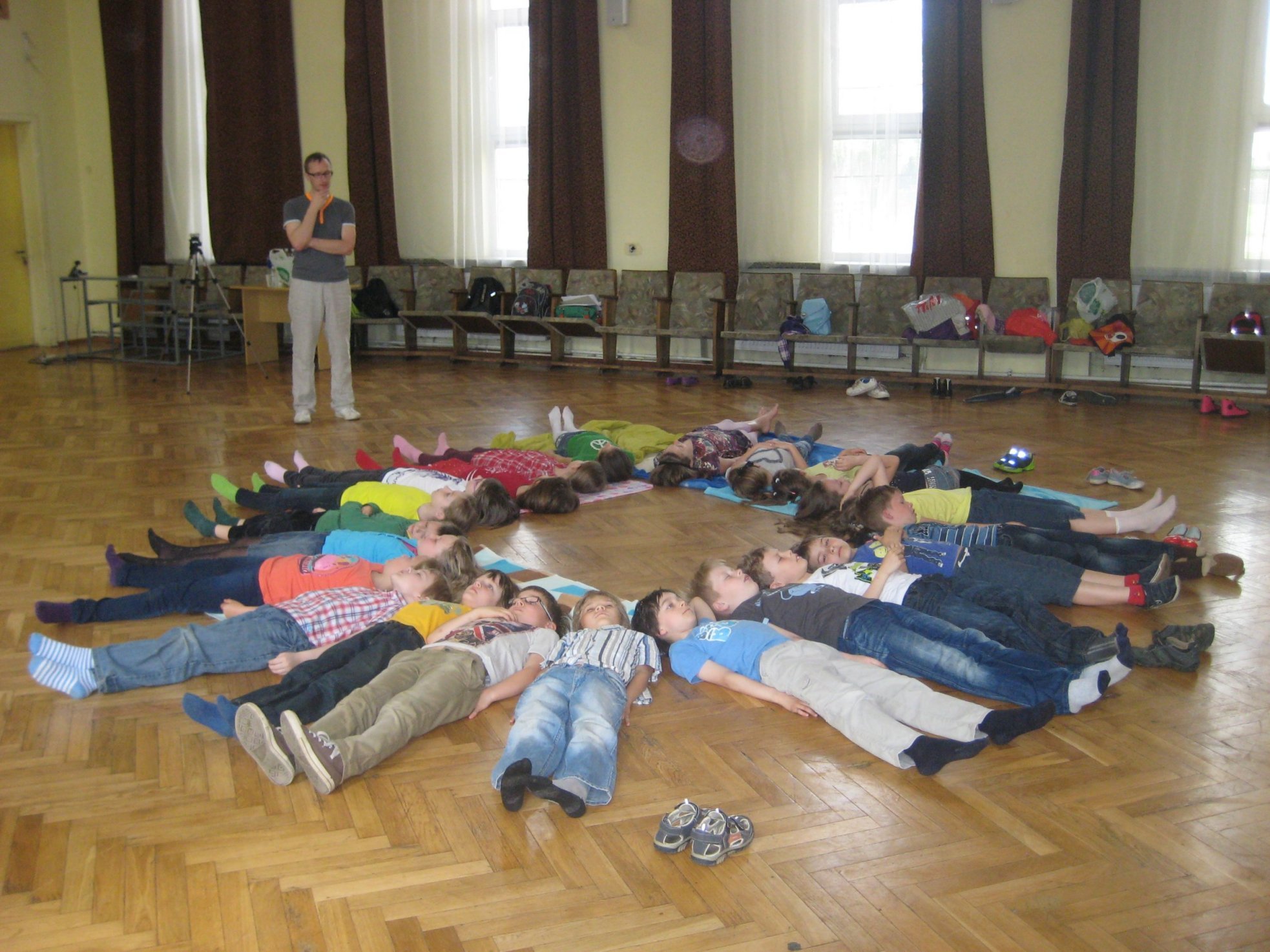
Creative professionals need to be well matched to schools to ensure good project outcomes
Adventurists, empathists and diligents
Research shows that recruiting the right type of creative professional can be critical for the success of a schools project, explains Paul Collard.
Creativity, Culture and Education (CCE), the Newcastle-based international foundation for creative learning, has just completed a three-year programme in Lithuania. We supported a network of 120 schools, over 200 creative professionals and a dynamic central management team in the design and delivery of a programme modelled on the Creative Partnerships programme which ran in England from 2002 to 2011.
Central to all our work over the years has been a commitment to research and evaluation. Over 46 major reports were completed looking at every aspect of the programme’s development and impact in England. We took the same approach in Lithuania, and have now completed three major reports evaluating different aspects of the programme there.
Some schools have energy and a clear vision but need emotional support and reassurance and for them an empathist would be most appropriate
One of the reports, undertaken by UAB Civitta, explored the relationships which creative professionals form with teachers and how differences in these relationships influence the impact of their work on pupils. Researchers began by surveying creative professionals to establish how they perceived themselves and to understand their motivation for being involved in the programme. Using statistical analysis to break down the data derived from these surveys, researchers noted that three relatively distinct types of creative professionals emerged:
- Adventurists were more spontaneous, had a greater disposition for risk, were more open to innovation, possessed a wider imagination, were more flexible and creative and were strongly resilient. Generally, they were highly driven by the desire to bring around substantial change in education.
- Diligents were highly responsible, worked with great accuracy and precision, were very organised and had strong analytical and logical thinking skills.
- Empathists were able to build strong relationships, listened well and found it easy to sympathise with teachers and pupils, recognising the challenges that teachers and pupils faced and the shortcomings of the education system.
As with all such categorisations, they must be treated with caution. The different traits are generally present in more complex combinations in every creative professional and nobody’s traits are fixed but are fluid and capable of change. However, researchers found statistically significant correlations between creative professionals grouped in this way and project outcomes.
Adventurists developed good projects but were generally disappointed in the outcomes as they rarely met their own expectations. This is mainly because of the high expectations they had of their impact on schools, particularly in the degree of change that they felt teachers, schools and pupils required. Their relationships with schools tended to be more challenging.
Empathists were generally unable to translate the strength of their relationships and sympathy into successful projects. The lack of success was generally used to evidence the validity of the concerns that teachers already had about the weaknesses and immutability of the education system. It is possible that the intensity of the sympathy the empathists provide has the effect of giving participants permission to fail before they even start a project, creating, in effect, a self-fulfilling prophecy.
Diligents, the biggest of the three groups of creative professionals, developed and delivered the most successful projects.
The value of this research is not to attempt to define the type of artist that is most successful, but to show how a better understanding of the personal traits and motivations of creative professionals at the recruitment and training stage can ensure that they are better matched to schools. The researchers stressed that all three sets of characteristics had a role to play in delivering effective projects in schools, but that the allocation of creative professionals to schools could be more scientific than intuitive.
Schools themselves fall into different categories. Some enter the programme with a strong sense that they are already performing well, nurture creativity effectively and need little change. For them, an adventurist would be a good fit because the school would benefit from the strong and persistent challenge such a creative professional would deliver to their thinking. However, some schools have energy and a clear vision but need emotional support and reassurance, and for them an empathist would be most appropriate. Most schools require diligents.
This analysis and categorisation is a valuable addition to thinking about how to allocate creative professionals to schools. First, the three types of creative professional, although never previously articulated in our research, were instantly recognisable. Having worked with hundreds of creative professionals in several different countries, we found it easy to recall the traits of many of them and place these creative professionals within this framework. The connection between these traits and project outcomes was also recognisable from anecdotes, but it was of great value to have this scientifically assessed. Second, the allocation of creative professionals to schools had previously lacked a systematic approach but this analysis will provide us with a useful tool to begin to allocate creative professionals with greater accuracy. Previously, it had been known that creative professionals, who had been highly successful in one learning environment, could fail significantly when transferred to another school. The analysis by the Civitta researchers has laid the foundations of a new framework for understanding and avoiding such situations.
Paul Collard is Chief Executive of Creativity, Culture and Education.
www.creativitycultureeducation.org
Join the Discussion
You must be logged in to post a comment.